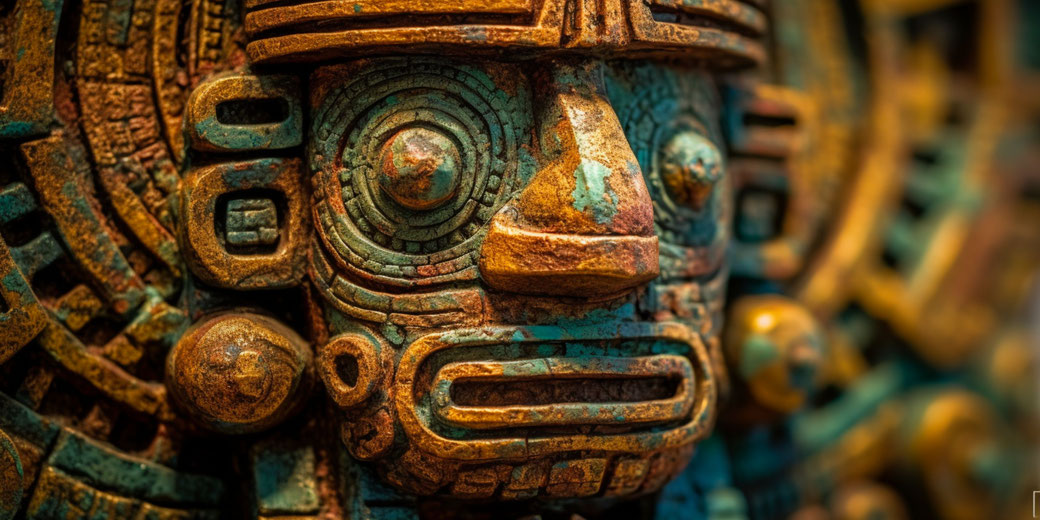Sun gods, sacred sites, and human sacrifice: The unsettling world of ancient Inca religion

The Inca Empire, which once stretched across the Andes Mountains in South America, is renowned for its breathtaking architecture, advanced agricultural techniques, and vast network of roads.
But at the heart of this great civilization was its unique and complex religious system. The Incas believed in a world where gods, spirits, and ancestors played a crucial role in their daily lives.
Gods and Deities
The Incas worshipped a pantheon of gods, each responsible for different aspects of life and nature.
At the pinnacle of this divine hierarchy was Inti, the Sun God. Inca rulers were believed to be direct descendants of Inti.
This connection between the Sun God and the Inca royalty gave the kings and queens a divine status, reinforcing their right to rule.
Viracocha was another significant deity, often referred to as the creator god.
According to Inca legends, Viracocha emerged from Lake Titicaca and created the first humans, teaching them the basics of civilization.
In some versions, he is said to have also created the sun, the moon, the stars, and all living beings.
The Incas also revered Pachamama, the Earth Mother, who was responsible for fertility and agriculture.
They believed that showing gratitude and making offerings to Pachamama would ensure bountiful crops and healthy livestock.

Ceremonies and Rituals
Religious ceremonies were an integral part of Inca life. These events, often led by the Inca ruler or high priests, were grand affairs with music, dance, and feasts.
The most significant of these was the Inti Raymi, or Festival of the Sun. Celebrated during the winter solstice, it was a time to honor Inti and pray for a good harvest in the coming year.
Sacrifices were also a common practice in Inca religion. While they did occasionally involve human sacrifices, most often, they offered animals, food, or precious items to the gods.
These offerings were a way to show respect, seek favor, or ask for protection.
Temples and Sacred Sites
Across the Inca Empire, there were numerous temples and sacred sites dedicated to various deities.
The most famous is the city of Machu Picchu, believed to be a royal estate and a religious retreat.
Another significant site is the Coricancha, located in Cusco, the capital of the Inca Empire.
Originally a temple dedicated to Inti, its walls were once covered in gold, symbolizing the sun's radiant glow.
It also housed shrines to other deities, making it a central religious complex in Cusco.

What do you need help with?
Download ready-to-use digital learning resources
Copyright © History Skills 2014-2024.
Contact via email
With the exception of links to external sites, some historical sources and extracts from specific publications, all content on this website is copyrighted by History Skills. This content may not be copied, republished or redistributed without written permission from the website creator. Please use the Contact page to obtain relevant permission.





